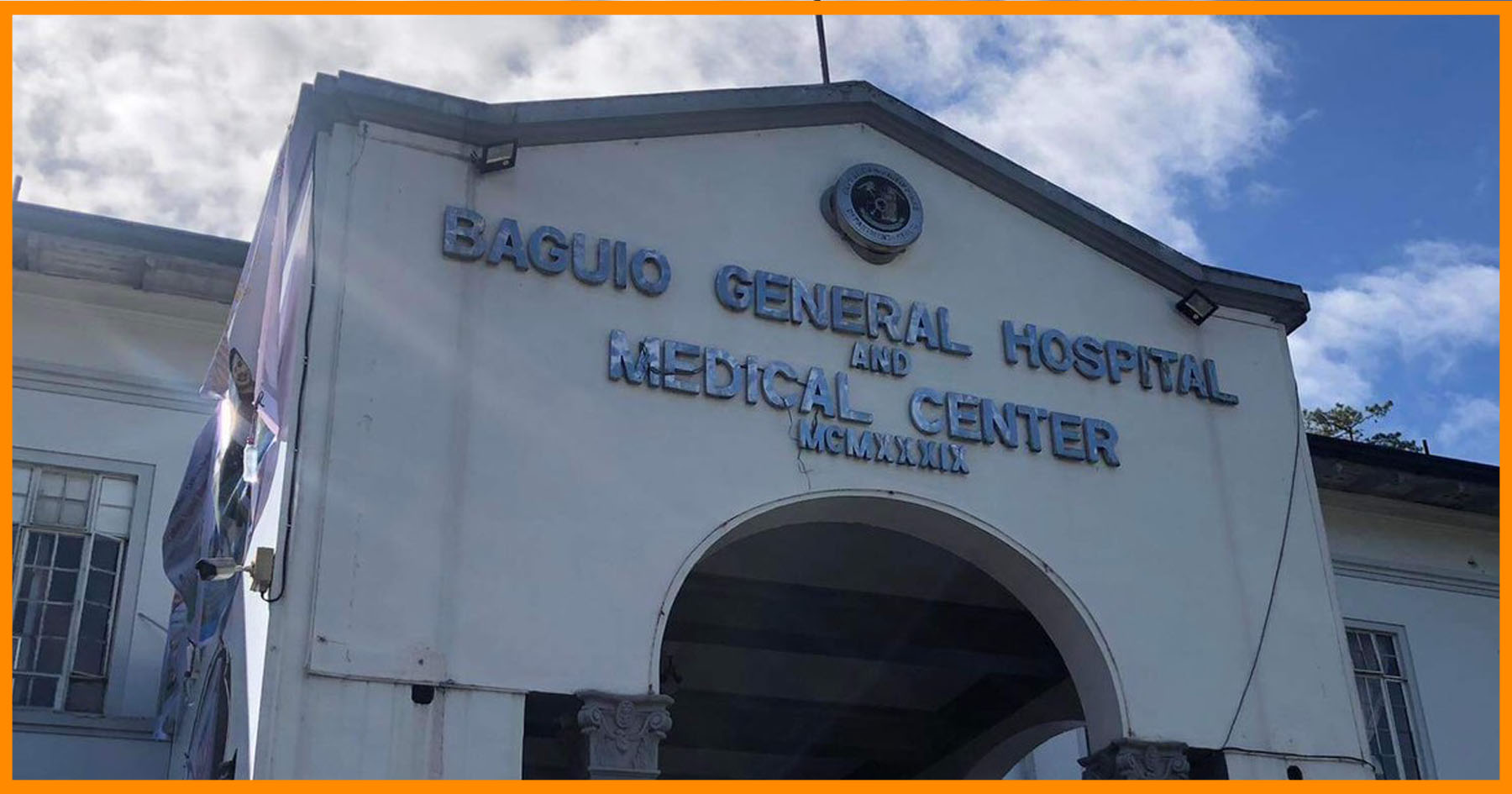Loach production among fisherfolk in the province is expected to increase with the receipt of fishing paraphernalia from the Cordillera office of the Department of Agriculture (DA-CAR)-Bureau of Fisheries and Aquatic Resources (BFAR) during the Loach Harvest Day program held at Palpalidan, Balaoa recently.
DA-BFAR-CAR Regional Director Lilibeth L. Signey, together with Governor Bonifacio C. Lacwasan, Jr., Vice Governor Francis O. Tauli and Provincial Veterinarian Rodelio B. Bagawi, did a ceremonial turnover of the nets and Fiber-Reinforced Plastic (FRP) tanks to the Mountain Province Farmers and Fisherfolk Association for loach production.
Prior to the ceremonial awarding of fishery paraphernalia, the said officials participated in the harvest of the loaches from the tanks.
According to Michelle A. Peralta, regional focal person for DA-BFAR-CAR–Special Area for Agricultural Development (SAAD) program, the assistance to MPFFaLT is under the SAAD program of the DA which is lodged at the BFAR-CAR. “The one million pesos worth assistance consisted of 130 rolls (P850, 000) and 50 units of FRP tanks (P160, 000). The tanks may be used as holding tanks and breeding tanks for the loach,” she said.
BFAR and MP officials underscore timeless values of cooperation, unity and industry as building blocks of sustainable projects
Signey, in her message to the beneficiaries expressed her appreciation for their sacrifices and perseverance in making the project successful. As a challenge, she encouraged the group to sustain their projects as an organization. She related how the SAAD projects in CAR have been used as models even at the national level and has even been shown to other regions as a model. This, she said, aims to encourage other fisherfolk-organizations that fish production is viable and can be very successful if well-managed and sustained.
The BFAR-CAR Director also underscored the importance of partnership, that while the government can give assistance, the project would reach greater heights if there is a sense of ownership among members through provision of counterpart/s.
“Ditoy Mountain Province, nakita mi ti willingness yo nga sumabet. Daytoy diay makunkuna nga PPP or Public and Private Partnership (Here, we have seen your willingness to provide your counterpart. This is what they call, PPP),” she said.
Signey also said that projects must be sustained so as not to become “white elephants” in the end as sustainability will help the farmers and the province’s aim of a loach industry.
Meanwhile, in their messages, the officials of the province underscored the importance of sustainability and increased production and challenged the MPFFaLT to aim for making the province a loach capital of CAR.
Governor Lacwasan related how the population of the loach/ mudfish/ Japanese loach or “tibek”/ “kaling”/ “fanisfis” in some dialects in the province decreased or even diminished. One factor he mentioned is the existence of the golden kuhol and one local eel-like fish called “kiwet” which feeds on loaches and which even destroys stone walls of rice fields because of its burrowing characteristics. He also mentioned about the use of pesticides which have caused the eventual extermination of the loaches in many rice paddies.
“With this loach program of the BFAR, we hope for increased production in the future. I, together with the Sangguniang Panlalawigan headed by Vice Governor Tauli, commit support to this program through the PVet and through the Provincial Agriculture Office,” he added.
The governor expressed the provincial government’s gratitude to the BFAR for the program and advised the beneficiaries to take advantage of the trainings/ seminars being conducted by the BFAR like the proper way of loach production.
In his message, Vice Gov. Tauli supported the governor’s message and urged the organization to continue with its good practice of cooperation. He stressed that in an organization, there must be a harmonious relationship among officers and members for the sustainability of any project.
Meanwhile, Bagawi lauded the members for the organization for their shown skills in managing the loach farm and even in their skill in determining the sex of the loaches and the signs of pregnancy in female-loaches. He said that the ability to spot the loaches’ physical traits can help in the easy selection of breeders for other famers.
Furthermore, he challenged the fisherfolk to maximize productivity per given area of production and to study and record the maximum volume which can be produced per breeding tank or pond for their guidance and that of other loach producers. Increase in productivity, he said, can be achieved through scientific management and good agricultural practices. By Dexter A. See














